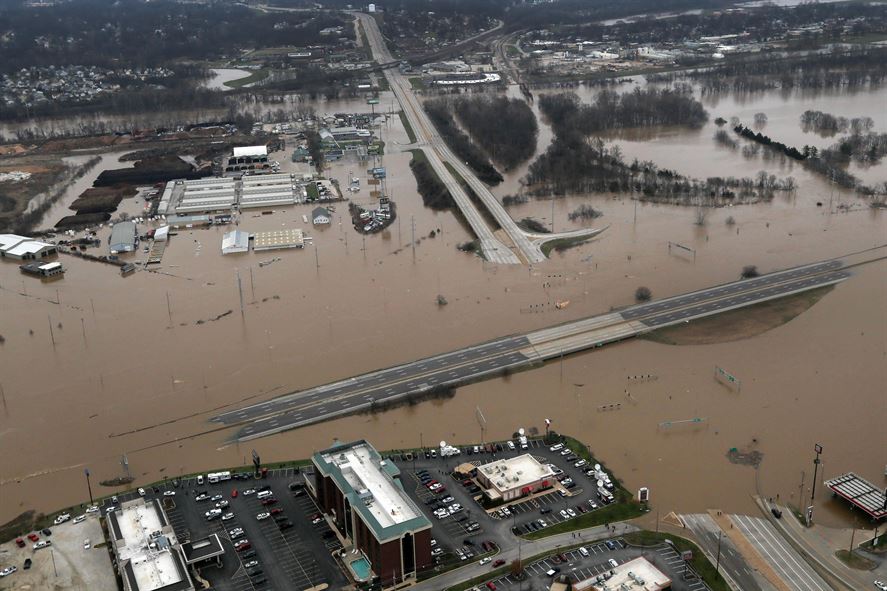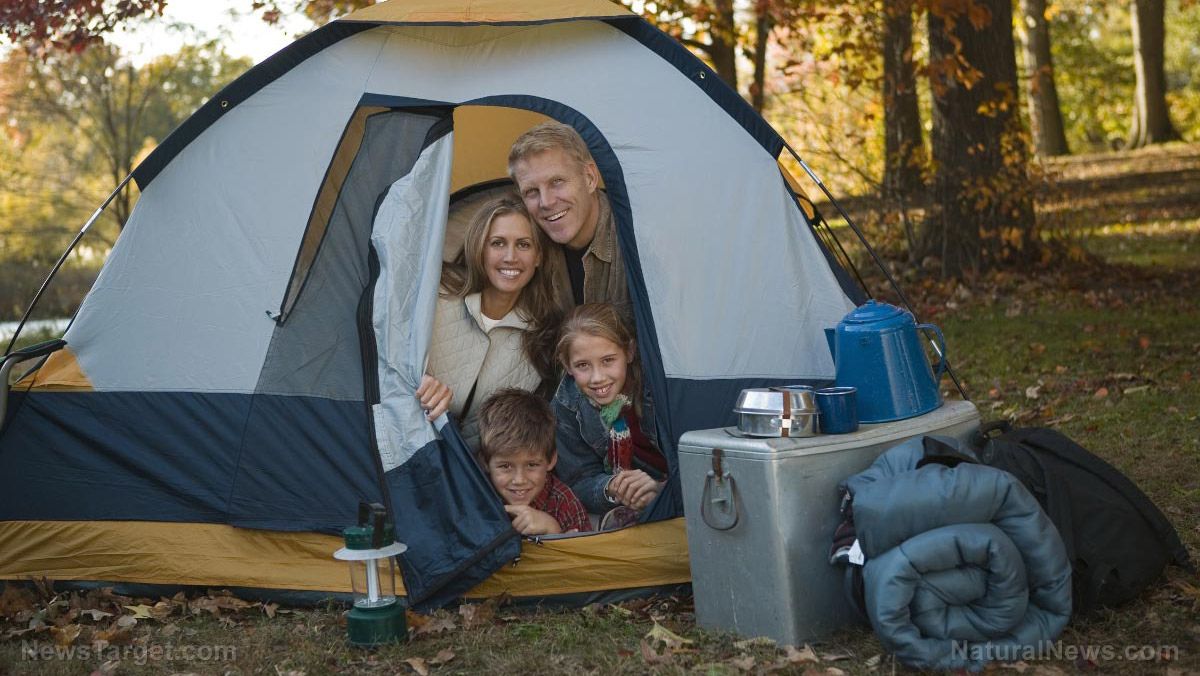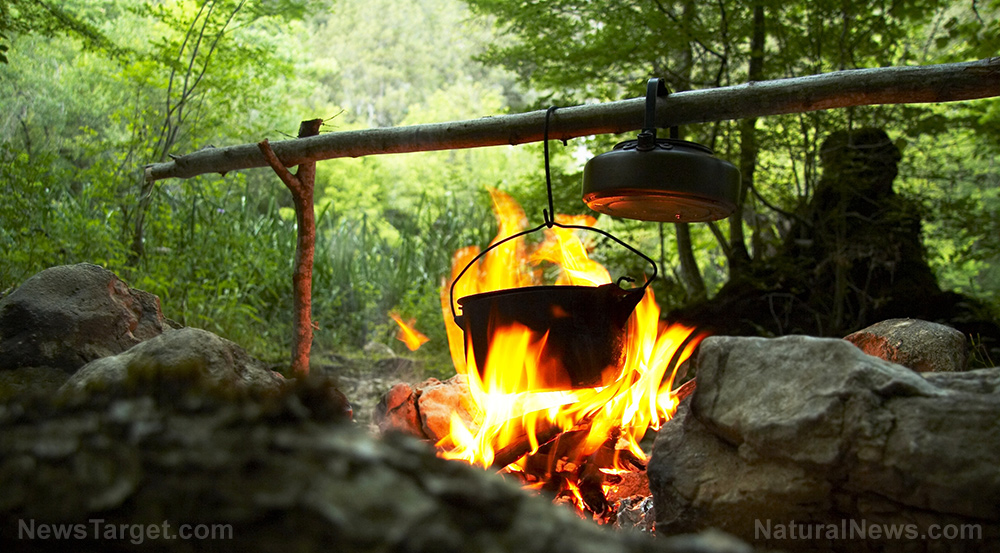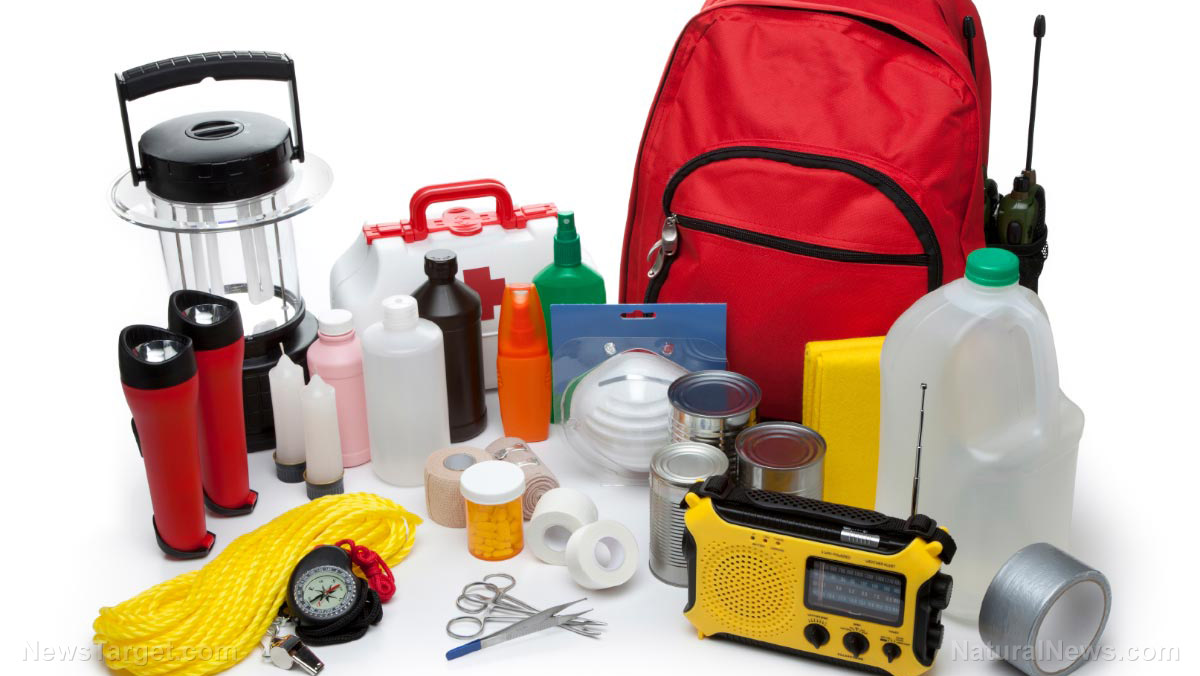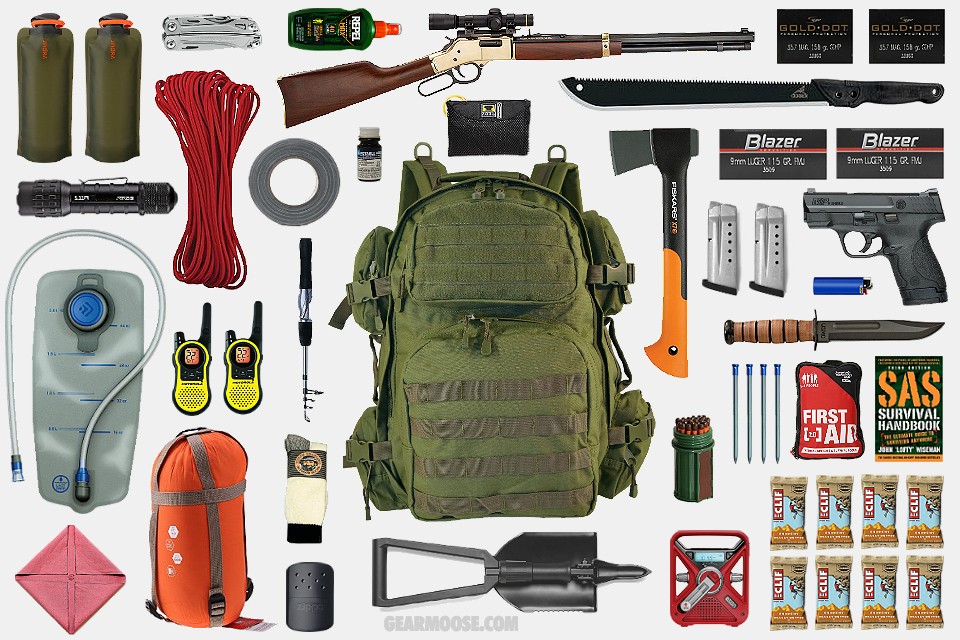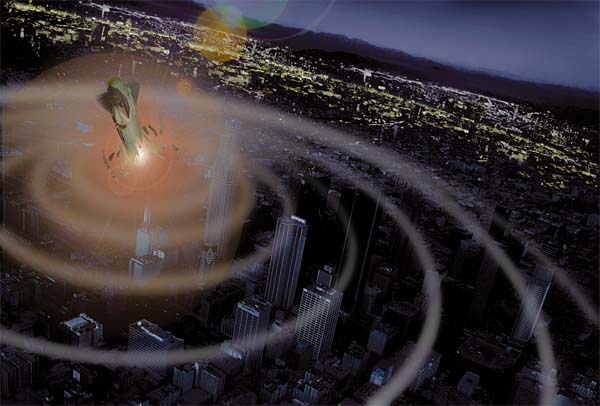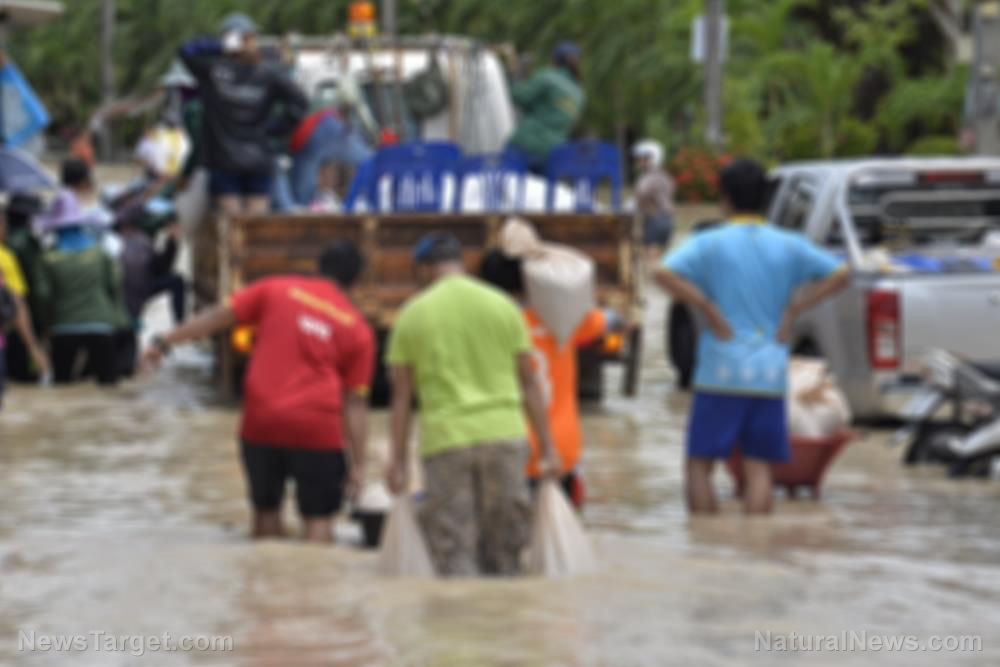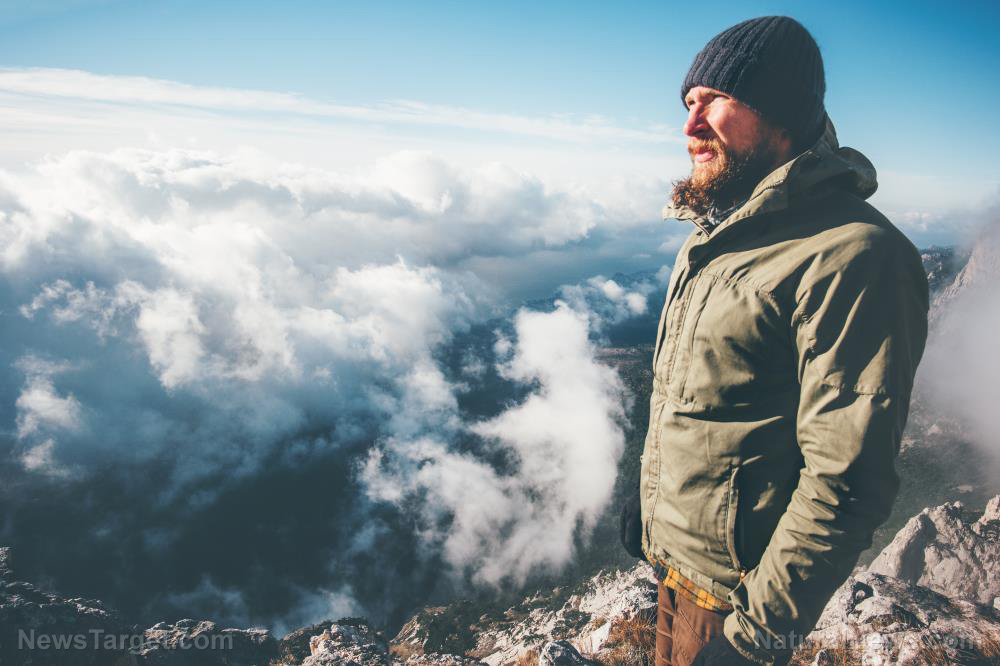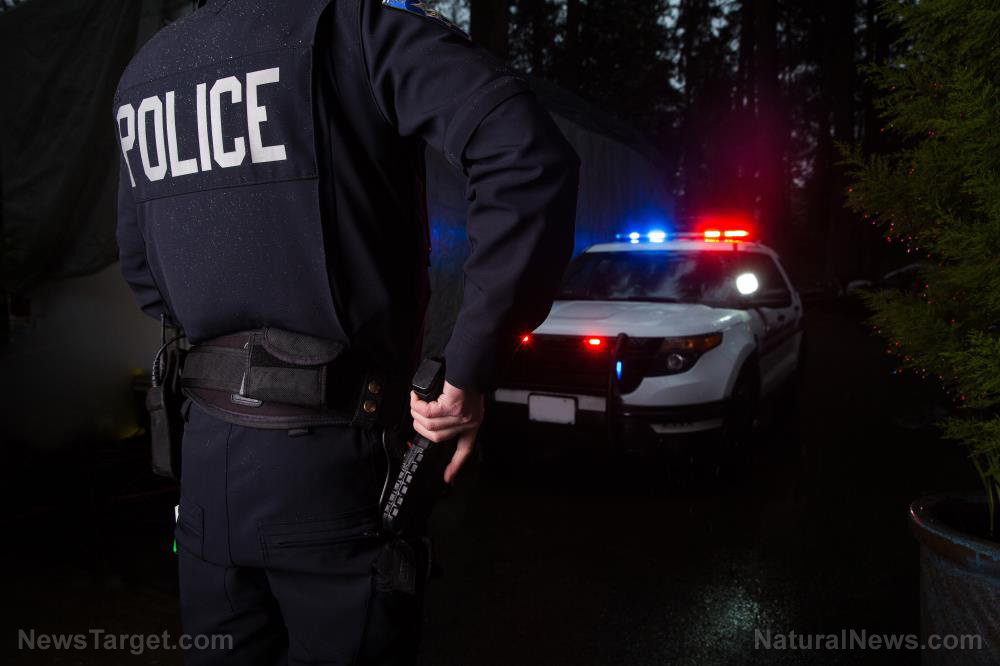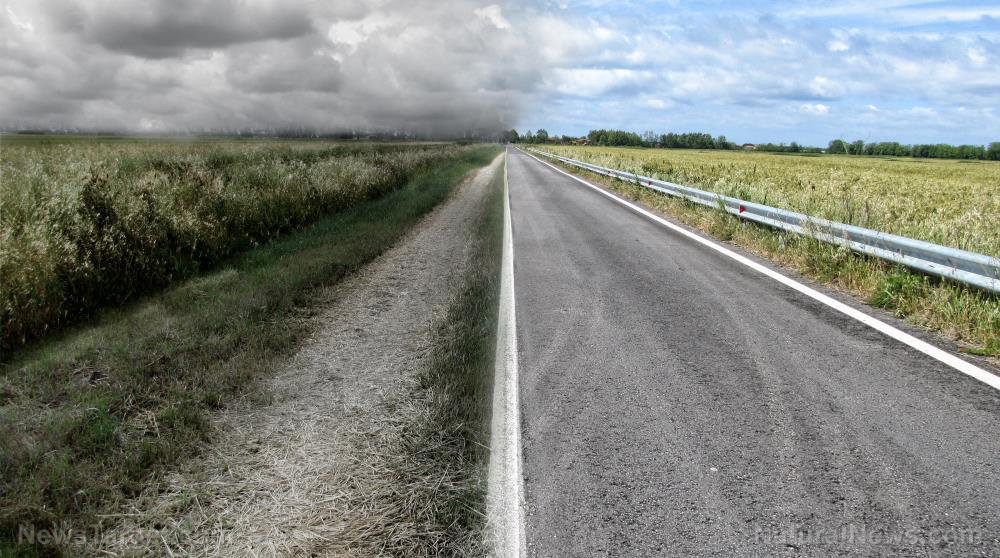10 essentials for every survival kit
03/17/2018 / By Jayson Veley
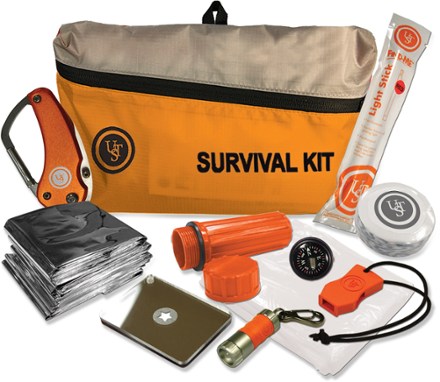
Put simply, a survival kit is a portable pack that you can use to carry gear and necessities from point A to point B in a SHTF scenario. While it’s not difficult to see how a survival kit could literally mean the difference between life and death in a crisis situation, many people who are new to prepping might not be aware of what exactly should go inside of it. Thankfully, American Preppers Network addressed this very subject last month in an article titled “Ten Must-Have Items to Pack in Your Survival Kit.” These items are as follows:
1) A fire starter kit
Truth be told, starting a fire by rubbing two sticks together like you see in the movies and on reality television isn’t that simple. That’s why it’s a good idea to include a fire starter kit in your survival kit so that you can make a fire if you and your family ever find yourself stranded in the wilderness. Be sure to include a lighter, matches, a striker, and maybe even some additional tinder to help create a flame. Having the ability to start a fire in a survival situation is important primarily for warmth and cooking, though it can also be used as a beacon to call for help.
2) An emergency radio
After society collapses, chances are you won’t be able to simply turn on the television and get information from local and national news. Include an emergency radio in your survival kit so that you can stay up to date on what’s happening in your surrounding area. As noted by the website Gray Wolf Survival, one of the most important communication devices you can acquire when preparing for a large-scale survival situation is the Ham Radio, which is the “go-to communication system for pretty much every emergency response system” and also happens to be used by both MARS (Military Auxiliary Radio System) and ARES (Amateur Radio Emergency Service).
Sponsored solution from the Health Ranger Store: Lab-verified Nascent Iodine solution is a dietary supplement that provides your body with supplemental iodine to help protect your thyroid during radiation exposure. Nuclear accidents such as Fukushima (or nuclear war) can expose your body to radioactive iodine-131, a dangerous radioisotope. Pre-loading your system with stable iodine occupies the iodine receptor sites on your organs, causing your body to naturally expel radioactive iodine you may have been exposed to through air, food, water or milk products. This defensive strategy is recommended by nearly all health authorities, worldwide, including the Nuclear Regulatory Commission. Discover more at this link.
3) A sharp and sturdy knife
Whether its cutting strings or sharpening wood, a durable knife is definitely something that you want to include in your survival kit. Be sure to get one that is specifically made for the wilderness, and remember to keep it as sharp as possible so that it will be effective when its needed.
4) A map and compass
A GPS is definitely the best choice when it comes to navigating, but they’re not always reliable, especially in a survival situation. Carry a map and a compass with you so that you will always know where you are. (Related: Here’s how to develop your emergency plan and prepare your family for a disaster.)
5) A first-aid kit
Carry a first-aid kit with you that includes antiseptic, gauze, bandages, pain reliever, tweezers and scissors. Accidents happen all the time in survival situations, so having these supplies in your survival kit will definitely come in handy.
6) A water filtration system
Imagine how heavy it would be if you stuffed your survival kit with a few dozen bottles of water – it just simply wouldn’t be practical. Carry a water filtration system with you so that you can simply find a water source and drink from it without having to worry about getting sick.
7) A light source
Flashlights are great, but because they require batteries, you’re going to want to carry an additional source of light. Survival torches are lightweight and will illuminate your surroundings no matter how dark it gets, so be sure to include one in your survival kit.
8) A heliograph
If you find yourself in a survival situation and you need to be rescued, a heliograph may be just what you need. By reflecting light from the sun, a heliograph can grab the attention of helicopter pilots that may be circling above you. Include one in your survival kit, but note that they are extremely fragile, so be sure to store it with some extra padding.
9) Thick cord
There are so many uses for a thick cord or rope that it would be foolish not to include one in your survival kit. Whether its climbing over mountains, dragging big game back to your camp, fishing, or bundling firewood, having a high-quality cord will definitely come in handy one way or another.
10) Layers
You’re going to want to include enough clothes in your survival kit not just for yourself, but also for your family and anyone else you are traveling with. In many areas of the country, temperatures can dip dramatically throughout the night, so being able to dress in layers will be important. Roll them up as tight as possible and pack them towards the bottom of your survival kit to maximize space.
Sources include:
Tagged Under: bugging out, Gear, preparedness, prepping, survival, survival kit

